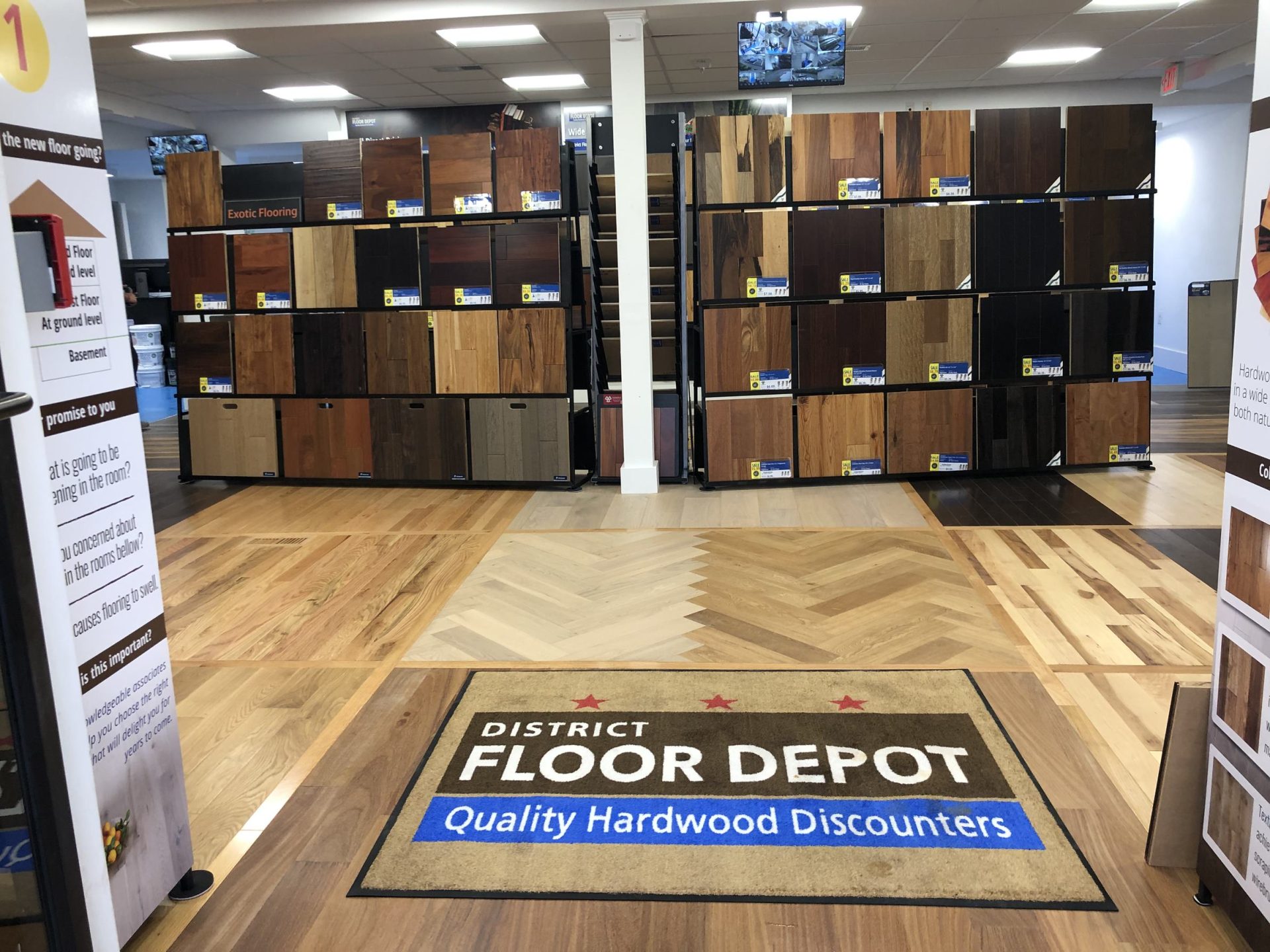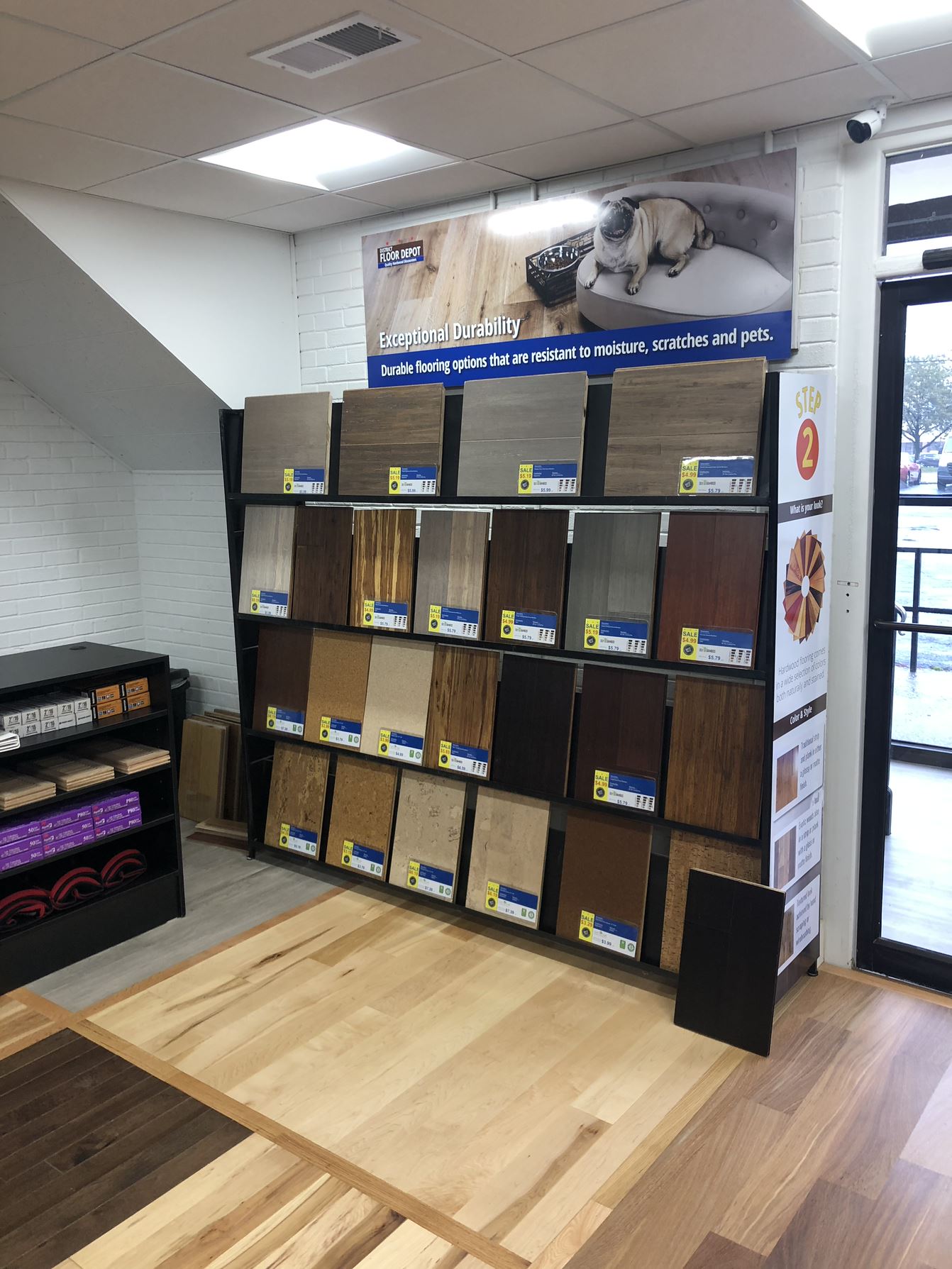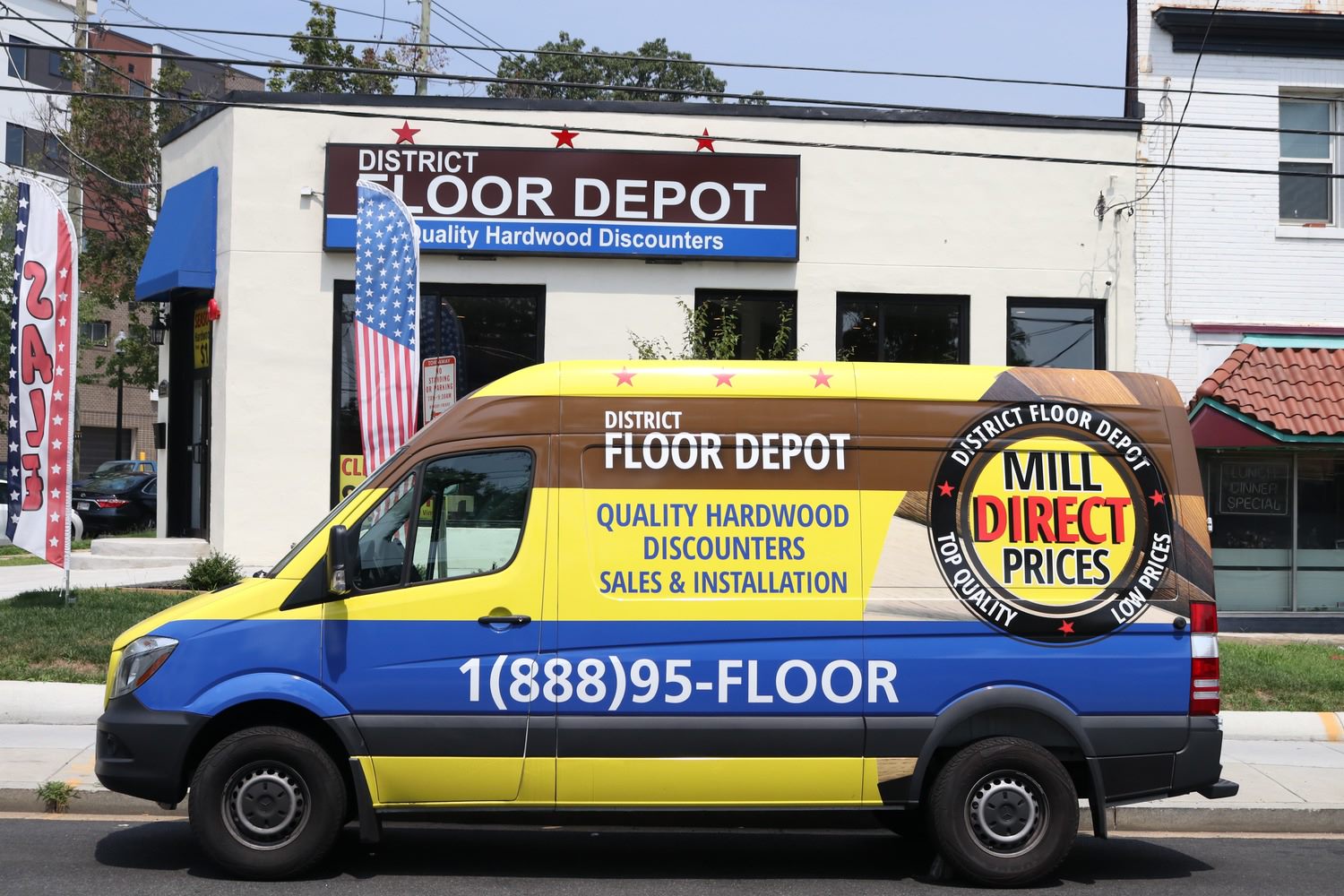Pros and Cons of Vinyl and Hardwood Flooring
- Published By: District Floor Depot

Cost can be a deciding factor when it comes to selecting finishes during a home remodel and choosing a flooring option that looks great and doesn’t break the bank can be tricky. Many homeowners prefer the higher-end look of real hardwood, but would rather have the lower prices associated with fabricated options like vinyl. Both offer options that will help create a stunning home and each has its pros and cons. We’ve put together this quick guide to help you figure out which is best for your home.
Not Your Grandmother’s Flooring Options
Hardwood flooring is undeniably timeless, and often the go-to option for home buyers and renovators alike. It isn’t as affordable as other options, but provides houses with a warm, traditional and homey feeling. As such, many homeowners do not consider alternative options and instead head to their nearest home renovation stores to purchase one of many varieties — oak, maple, and hickory, among other options — in the stain that best fits their home designs.
The problem with vinyl is that the mere name often conjures images of sticky, hard-to-remove, boldly patterned faux tile from the 1970s and ‘80s. The good news is that it has come a very long way, and homeowners who are interested in a more traditional look can now achieve a similar result at a fraction of the cost. Vinyl tiles come in plank format, are textured to look like hardwood and are available in a variety of colors.
The Price Differential: Materials and Installation
While classic, hardwood flooring is irrefutably more expensive. It can run as low as $0.99 per square foot, depending on the manufacturer, but can also run upwards of $8.32 per square foot or more. Clearances and specials can help bring the cost down, but most homeowners will also need to add the cost of installation if they want the job done right. Vinyl, by comparison, can start as low as $0.69, and installation is often as simple as peel and stick. Some homeowners may want a licensed professional to handle installation, but non-intensive labor means lower installation fees, too.
Caring for Your Flooring Option: Vinyl vs. Hardwood Flooring
Vinyl and hardwood flooring options also differ in maintenance. Hardwoods are an investment that require a little extra love and attention to ensure their longest lifespan. They must be dusted often with a microfiber cloth or mop, vacuumed regularly with soft-bristle floor brushes, mopped with a hardwood cleaner at least once a month, some must be polished every two or three months, and refinished every three to five years. They also need window coverings to block harmful heat and UV rays, and women should avoid high heels, pet nails should be short, and furniture legs should have pads on them to prevent scratching.
Vinyl has similar needs, requiring sweeping, regular damp mopping with non-abrasive cleaners, using protective pads on furniture and keeping pets’ nails trimmed to reduce scratching. Like hardwood, vinyl will fade when overexposed to direct sunlight, meaning window coverings or protective mats are encouraged.
The Long and Short of It
There is no right or wrong option when it comes to flooring, and every home will have different tastes. If classic hardwoods are right for your family, be sure you know how to care for them to get the most from your investment. If you’re more interested in keeping your budget lower and having a product that looks like hardwood but isn’t, vinyl might be just the thing for you.


